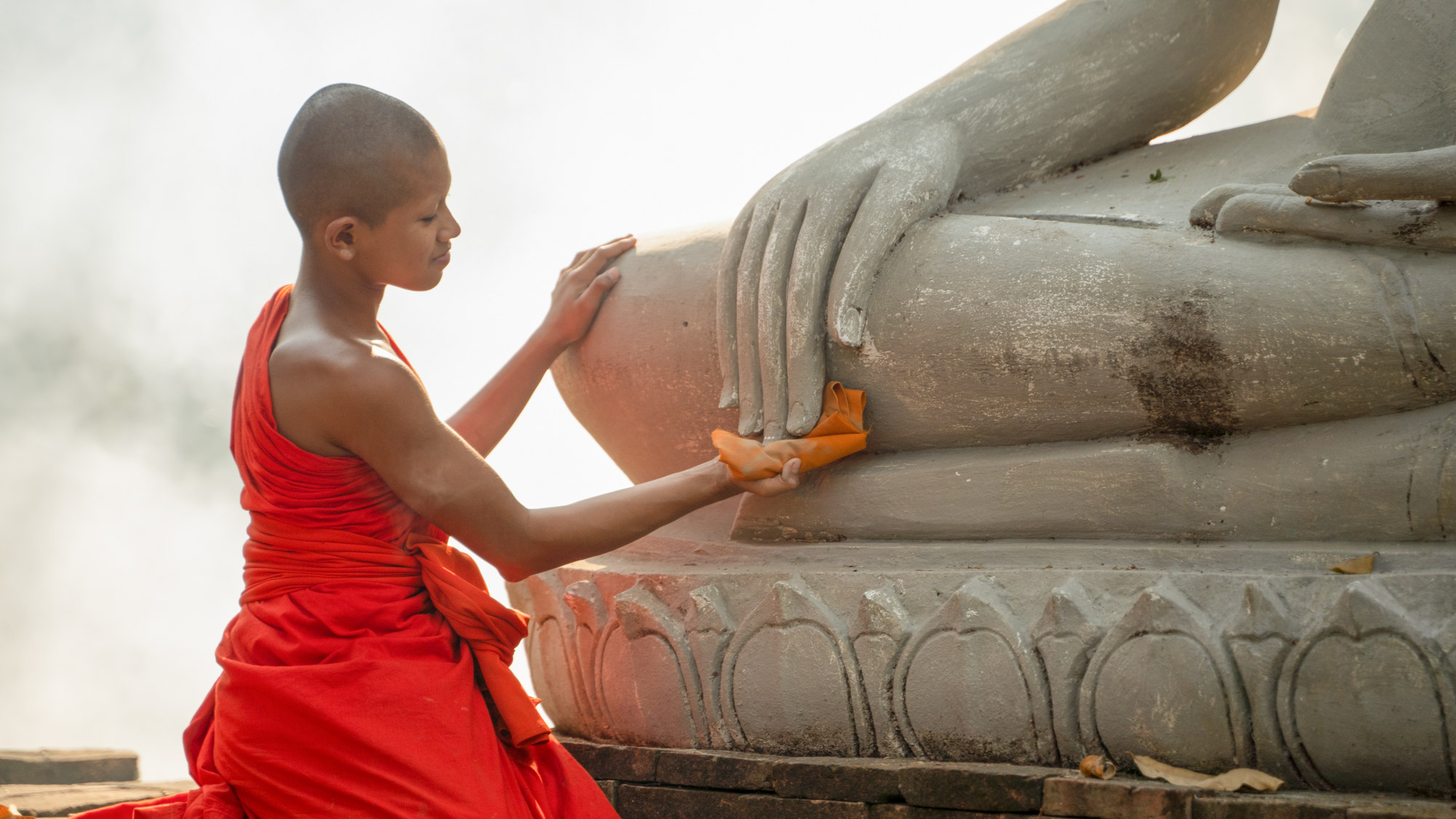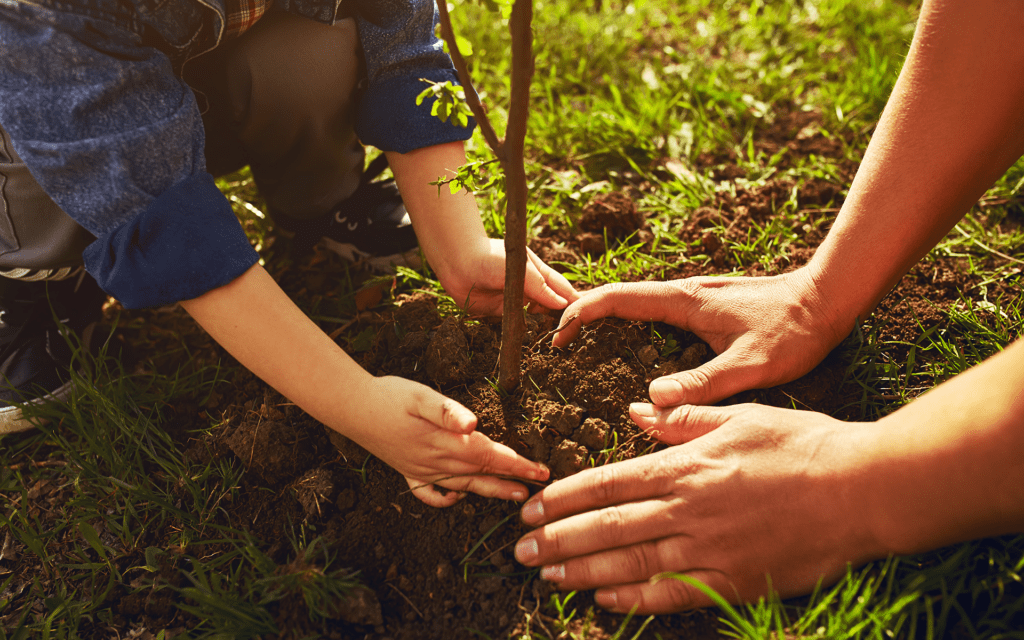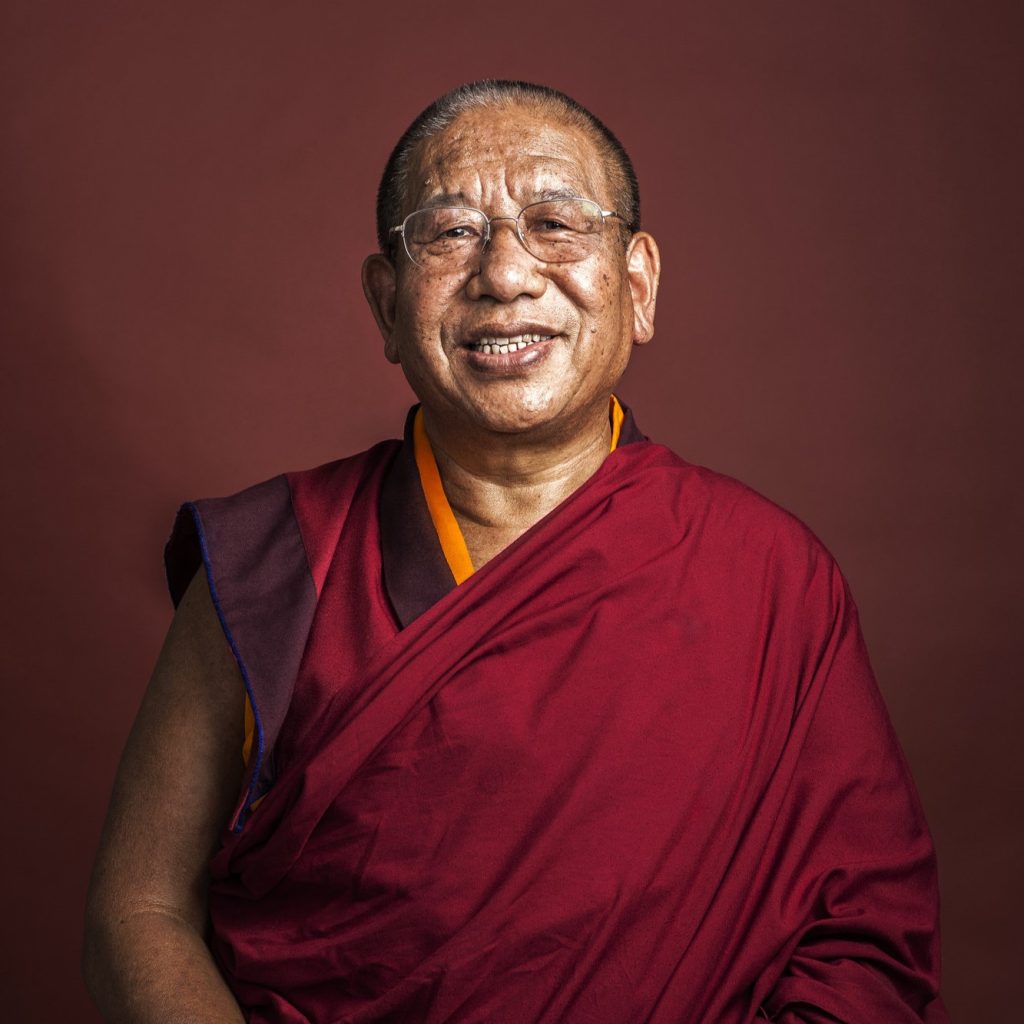Touch the Earth
Through the senses, we connect with our own hearts, each other, and the world, says Elaine Yuen. The post Touch the Earth appeared first on Lion’s Roar.

These days, life connected to the web brings an expectation of rapid fulfillment—of news, shopping, communication. Receiving multiple advertisements or emails at once provides many opportunities to respond to the world. But at times it overloads the senses and disrupts genuine experience in the rush to move onto the “next thing.”
The sense perceptions are often said to be the windows, or gates, into how we experience our world. According to Buddhist teachings, there is a minute moment before we bring conceptual meaning to what we see, hear, smell, taste, and touch—when we experience the senses directly. And, in that moment, we spontaneously connect to genuine and pure perception. Then in the next moment, the thinking mind moves quickly to a narrative replete with meaning and context.
The challenge of being in authentic communication with the world—whether in artistic expression or interpersonal conversation—is allowing oneself to be touched, be it emotionally, psychically, or physically, in that minute moment before thought.
In our contemporary existence, touch has many dimensions. As I type this essay on my laptop, my fingers touch the keys, efficiently conveying my thoughts to the screen. I also enjoy knitting—touching the needles and yarn. The tactile movement of my fingers brings me into the presence of color and contentment.
But additionally, as I consider the news, my heart is touched by how this year’s climate imbalance between excessive rain and dryness threatens not only lawns and forests, but also the food supply. And, when I attend a wedding, funeral, or graduation, I recall memories and the possibilities of life, and my heart is touched with the bittersweet happiness, grief, anger, and anxiety.
One of my favorite images is of the Buddha touching the earth with his right hand in the “Earth Witness” mudra. It is the signature gesture of his enlightenment—a proclamation that his enlightenment comprised bearing witness to experience.
When I contemplate emulating his gesture in these modern times, I retain the image of his fingers gently touching the earth. I also consider how that physical gesture is symbolic of a larger relationship. How am I “touched” by the phenomena around me? My emotions are touched by the poignancy of family and beautiful art, but also by the speed, longing, and anger in society today. As we experience our world, allowing ourselves to be touched, we are touching the basic goodness—the bodhicitta—that is within ourselves as well as in others.
This practice of touching basic goodness is embedded in acts of caring. How we meaningfully care for ourselves and others relies on our ability to creatively connect, navigating an ever-changing flow of impressions and conversations. In my practice of chaplaincy, the senses support this connection.
I often enter pastoral care encounters with a sense of “not knowing,” of putting expectations on hold. This begins with an acknowledgment of uncertainty, accompanied by a curiosity about what might emerge from that.
I intuitively put aside my own concerns and judgments, and listen—allowing myself to be touched by the panoply of experience. Allowing the senses and their meanings to enter my heart, I may begin a conversation, which leads to creative meaning making. This may emerge as a prayer, or simply as a physical gesture or conversation.
I recall the moments before, during, and after pastoral encounters. I remember the long halls, the clean and sterile environment while walking to a patient room, replete with glistening stainless steel. There is often information from nursing staff regarding the patient and/or family, but I hold it in the background as I knock and enter a patient’s room. I notice whether the room is light or dark, and how cards and flowers, or a rosary, or balloons, may signal to me aspects of meaningfulness in this particular situation. The sounds of the television, or its silence, also provide context.
Touch is often the last aspect enacted after conversation. There was the time that I found family members surrounding their father and husband in a hospital bed, their arms crossed across their chests in worry and anxiety. I invited them to join hands around the bed, creating a unified circle of caring, and I prayed a spontaneous prayer for his healing. On another occasion, I brought an image of the Buddha to a Laotian family whose grandmother had just died. While monks from their temple were already there praying, they were emotionally touched by the image and kept it with the grandmother’s body as a protector.
Whether we’re engaged in chaplaincy or something else, a pause—an appreciation of the space we are in—is key. Out of this comes the inspiration to respond: to act, create, speak, or just be present, depending on what feels right in the moment. A dialogue occurs between the felt internal thoughts and sensations and the external context. Can we notice, without judgment, how our observations, emotions, and expectations become shaped by the colors, sights, and textures of the space we find ourselves in? The genuine experience of touching our world is how we process experiences and communicate with others. In art as well as in life, a spontaneous creation of feeling, narrative, and ultimately meaning arises as we experience our world, moment by moment.

Elaine Yuen is a teacher in the Shambhala community. She used to be a professor at Naropa University where she taught courses on pastoral caregiving, contemplative education, and Buddhist studies.

 KickT
KickT 
































